The Impact of Augmented Reality on Education
Introduction
Augmented Reality (AR) is a technology that overlays digital information onto the real world, enhancing the user's perception and interaction with their environment. The application of AR in various sectors has been growing, and one of the areas where its impact is significantly felt is in the field of education. This article explores the impact of AR on education, focusing on its benefits, challenges, and future prospects.
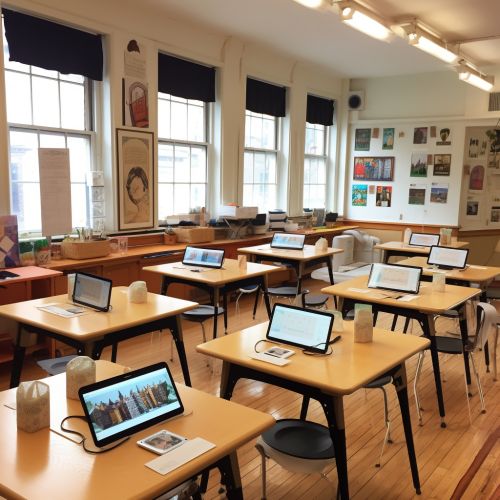
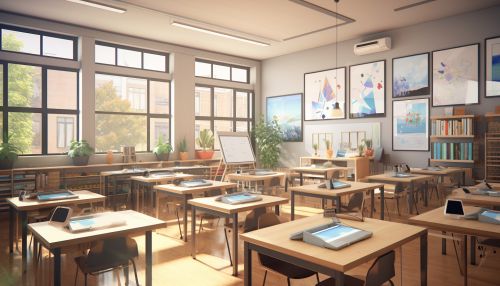
Understanding Augmented Reality
Augmented reality is a technology that superimposes a computer-generated image on a user's view of the real world, thus providing a composite view. It is different from virtual reality, which creates a completely artificial environment. AR integrates digital information with the user's environment in real time. This technology can be experienced through devices such as smartphones, tablets, AR glasses, and headsets.
Augmented Reality in Education
The incorporation of AR in education has revolutionized teaching and learning processes. It offers an interactive and immersive learning experience, making education more engaging and enjoyable for students.
Benefits of Augmented Reality in Education
AR in education has numerous benefits, including:
- Enhanced Engagement and Interaction: AR provides an interactive learning environment, promoting active participation from students. It transforms passive learning into an engaging experience, which can improve students' attention and motivation.
- Improved Understanding: AR can simplify complex concepts by presenting them in a more understandable and visual way. This can enhance students' comprehension and retention of information.
- Practical Learning: AR allows students to practice and experiment in a safe and controlled environment. This can be particularly beneficial in subjects such as chemistry or physics, where real-world experiments can be dangerous or expensive.

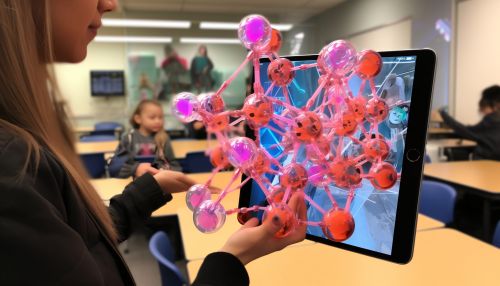
Challenges of Augmented Reality in Education
Despite its benefits, the use of AR in education also presents several challenges:
- Technical Issues: AR requires specific hardware and software, which can be expensive. Additionally, technical issues such as software bugs or hardware malfunctions can disrupt the learning process.
- Training and Adaptation: Both teachers and students may need time to adapt to the new technology. Teachers, in particular, may require training to effectively incorporate AR into their teaching methods.
- Accessibility: Not all students have access to the necessary devices to experience AR, which can create disparities in the learning experience.
Future of Augmented Reality in Education
The future of AR in education looks promising. As technology continues to advance, it is expected that AR will become more accessible and prevalent in educational settings. It has the potential to transform traditional classrooms into dynamic learning environments, providing students with a more personalized and immersive learning experience.
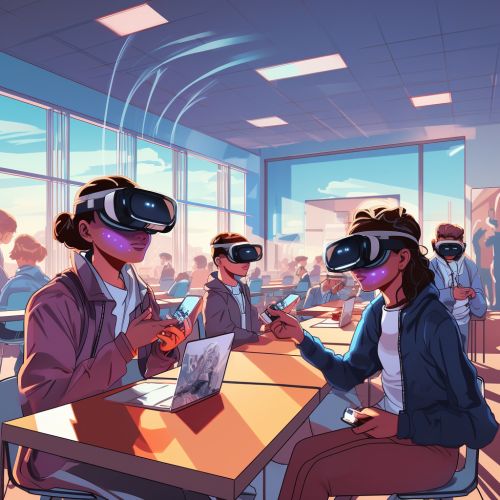
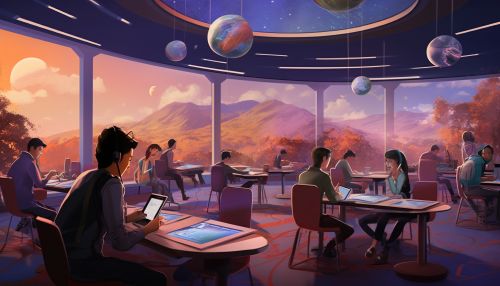
Conclusion
The impact of augmented reality on education is profound. While it presents certain challenges, the benefits it offers are substantial. By enhancing engagement, improving understanding, and facilitating practical learning, AR has the potential to revolutionize the educational landscape. As technology continues to evolve, the role of AR in education is expected to grow, shaping the future of teaching and learning.
